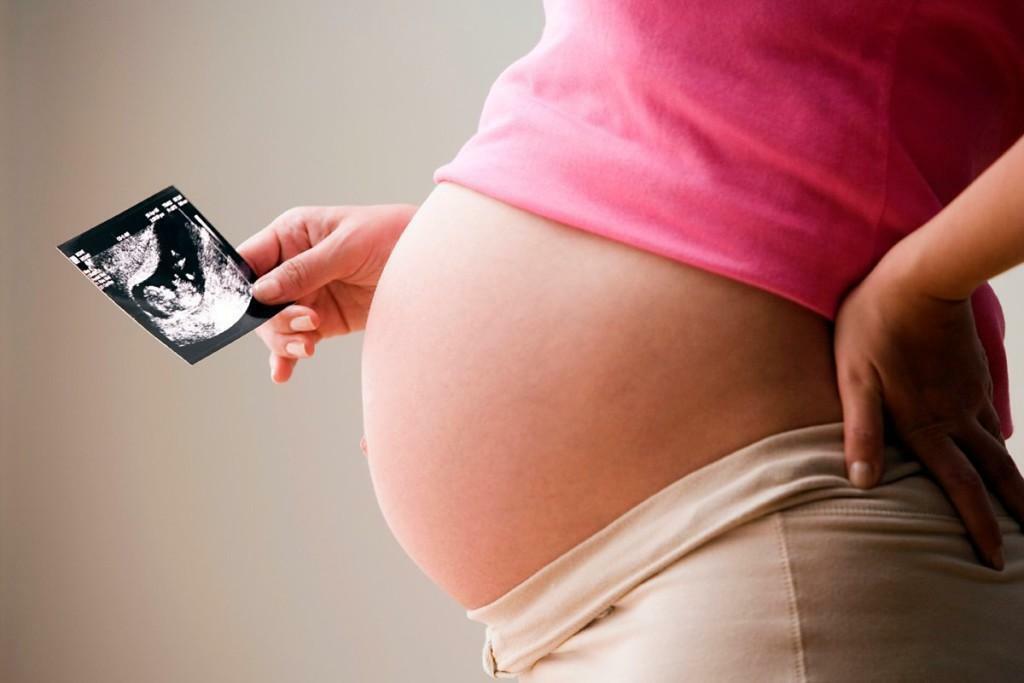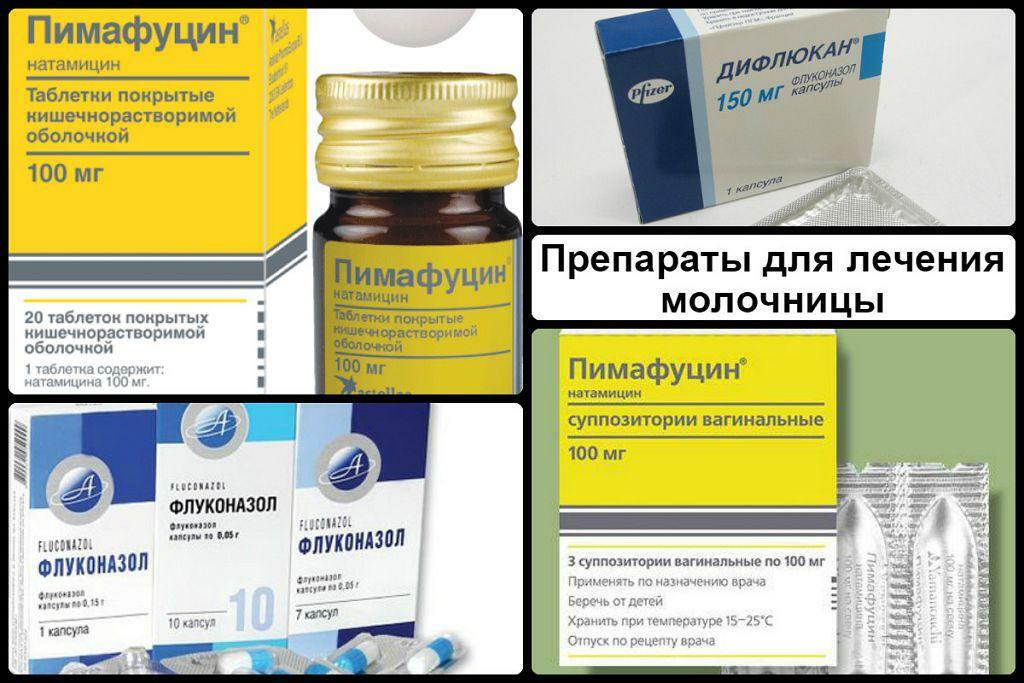Yersiniosis called acute intestinal infection transmitted from animals to humans, which is accompanied by toxic and allergic reactions, manifested a lesion of many organs. The disease is most common in temperate regions.
Causes
The disease is caused by a particular bacterium - Yersinia, which is very resistant to external influences.
Sometimes yersiniosis called "disease of refrigerators" because the microbe survive and reproduce in a 4-5 degrees cold, easily tolerates freezing and thawing, can be stored permanently in water or earth.
However, bacteria are very sensitive to sunlight, boiling, and chemical disinfectants. microbe danger is that when their livelihoods, he distinguishes three types of toxins that affect the internal organs.
Germ carriers are rodents, livestock and dogs in the cities main carriers of infection are house mice and rats. Humans can be infected by animal products or grain infected rodent feces through water contaminated Yersinia. Less common with non-compliance with basic hygiene measures can pin the way - from one person to another through a common dish.
Adult healthy people have little susceptible to yersiniosis generally hard and pronounced sick children or people with immune deficiencies, chronic pathology, weakened by illness. outbreaks are rare, mainly in the use of seeding products.
types iersinioza
Based on the leading manifestations of infection, yersiniosis can be divided into several forms:
- gastrointestinal form, which affects the development of stomach gastritis, Colon and appendix,
- generalized form in which the entire body is affected with the development of sepsis, Liver damage, kidney, brain and lung membranes,
- mixed form with a lesion of two or more organs, for example - the liver and kidneys,
- secondary-focal form, the defeat of the joints, the heart muscle, intestine, skin, against the background of the previously flowed infection.
Severity can distinguish mild forms of yersiniosis, moderate and severe septic forms.
Downstream the disease may be acute, chronic or relapsing (and decay periods of exacerbation).
symptoms of yersiniosis
The period from the moment of entering the microbe prior to the development of clinical manifestations iersinioza lasts from 1 to 6 days, the manifestations are presented in the form of several syndromes.
General toxic syndrome:
- fever up to 40 ° C with chills, up to 7-10 days,
- severe headache,
- general weakness with aching muscles and joints,
- decreased appetite,
- disorders of the nervous system.
When the preferential digestion defeat on the form of intoxication appear:
- nausea,
- vomiting,
- stomach ache,
- diarrhea.
When iersinioza in rare cases on the skin can be manifested as a rash elements spots or hillocks, small dots, annular spots on feet and hands - symptom "socks and gloves."
The rash may be accompanied by a burning sensation and skin peeling.
In some cases, joint disease begins with soreness, swelling and limitation of movement.
In severe forms of yersiniosis appear:
- general toxic syndrome
- rash,
- enlarged liver and spleen (Banti syndrome)
- swollen lymph nodes, their immobility and painlessly,
- a sore throat,
- digestive disorders,
- symptoms acute appendicitis.
In less severe illness lasts two to three days, with heavy - delayed up to 2 weeks. With long-term course of the disease to the clinic joined the symptoms of dehydration.
Sometimes almost asymptomatic forms iersinioza allow the development of secondary (on the background of existing lesions) hepatitis, pyelonephritis, pneumonia or meningitisIn rare cases formed sepsis.
Separately allocated a secondary-focal form. It arises as a consequence of any of the previous forms, it develops in two to three weeks after the onset of the disease.
The disease occurs due to the formation of autoimmune reactions (body begins to receive its own tissues as allergens).
Most often secondary yersiniosis is manifested in the form of:
- polartritov - multiple joint damage the feet and hands. Joints become swollen, but the skin over it is not red,
- monoartrita - destruction of large joints (knee, tazoberennogo)
- erythema nodosum - the formation of large and painful nodules on the skin of the lower leg, thigh or buttocks, in an amount from 2-3 to a few dozen, they slowly dissolve,
- Reiter's syndrome - concomitant manifestations of arthritis, urethritis (Lesions of the urethra) and conjunctivitis
- myocarditis without development heart failure,
- enterocolitis with abdominal pain and stool disorders.
Against the background of yersiniosis are pronounced vegetative disturbances - sweating, pressure fluctuations, marbling of the skin.
Diagnostics
Yersiniosis may suspect physician or emergency physician, but the final diagnosis is infectious disease.
To confirm the diagnosis it is necessary to detect the microbe in the feces, blood, bile, urine, or cerebrospinal fluid. You can spend bakposev sputum or swabs from the oropharynx.
Abjection complex and requires up to 30 days. In order to apply rapid diagnosis determination pathogen antigens in biological secretions.
When iersinioza needed expert advice:
- gastroenterologist,
- cardiologist,
- neurologist,
- nephrologist.
Necessary to carry out ECG, ultrasound of the heart and abdominal organs.
iersinioza treatment
Iersinioz even in mild require treatment in an infectious diseases hospital. Due to the high probability of transition to chronic, prolonged exposure is performed on pathogen even in mild forms of the infection.
Appointed by:
- course of antibiotics and antibacterial agents throughout the period of temperature and further for 10-15 days (change antibiotics to prevent habituation and chronicity of infection)
- appoint detoxification introduction gemodeza, reopoliglyukina,
- antihistamines used to reduce the likelihood of secondary shapes,
- non-hormonal anti-inflammatory agents,
- vitamins and enzymes to improve metabolism,
- preparations for the correction of the microflora,
- immunotherapy.
Complications and forecasts
A particular danger with iersinioza represents the development of autoimmune inflammatory lesions and formation of internal organs - hepatitis and miokradita pyelonephritis. In the treatment of complicated appendicitis with yersiniosis. The most dangerous development of meningitis and osteomyelitis.
However, in most cases the disease benign and patients recover completely, mortality is rare. The most adverse complications of all sepsis (severe condition caused by entry of microorganisms in the blood).
To prevent yersiniosis necessary personal hygiene and sanitary control over food, their places sale and storage, destruction of rodents in private backyards and basements of residential buildings, monitoring the quality of drinking water.



